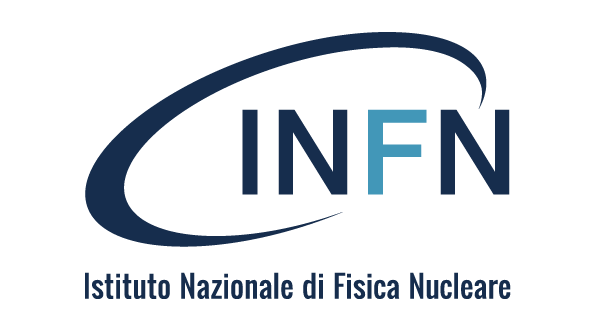PEOPLE
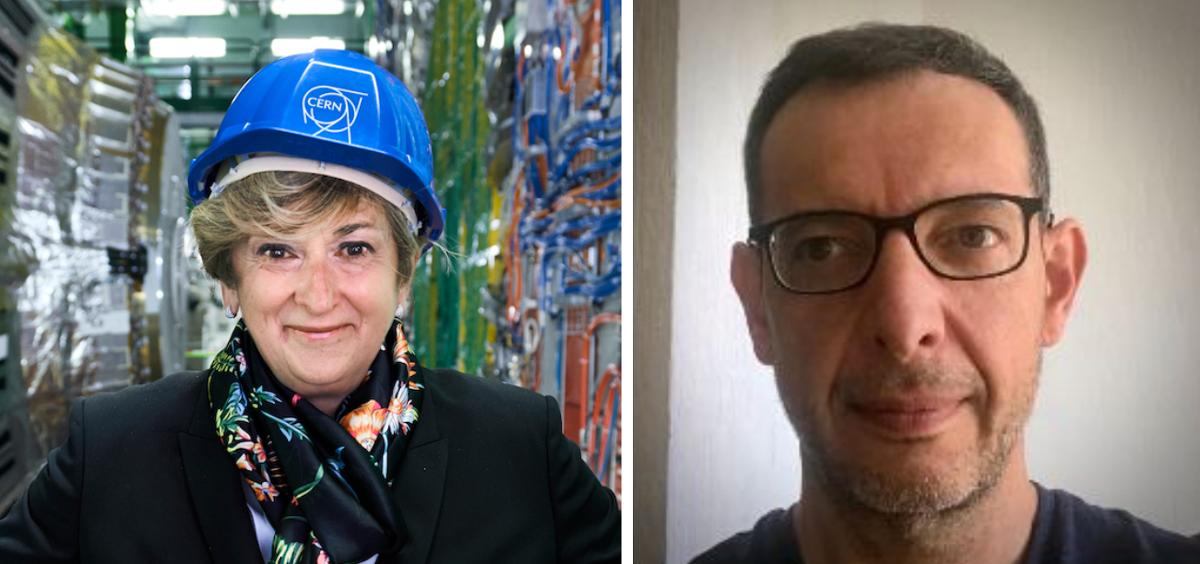
10th ANNIVERSARY OF THE DISCOVERY OF THE HIGGS BOSON
Interview with Stefano Giagu, researcher at the INFN Roma division, coordinator of the ATLAS experiment Italian collaboration, and with Lucia Silvestris, researcher at the INFN Bari division, coordinator of the CMS experiment Italian collaboration.
The discovery of the Higgs boson, whose 10th anniversary was celebrated last 4 July, undoubtedly represented a historic milestone for particle physics. An achievement in which INFN played a leading role and which, while it completed our Standard Model theory, also paved the way towards new physics. Representing the journey so far and the important future challenges ahead in seeking answers to the questions still unanswered, at CERN, the 4th July celebration of the tenth anniversary of the Higgs boson passes the baton to the start of the new physics program (Run 3) at the Large Hadron Collider (LHC) on 5th July with the first high-energy collisions. The resumption of scientific activities at the most powerful particle accelerator ever and its experiments follows an intense work period (Long Shutdown 2) lasting nearly three years, during which both the accelerator chain and the four large detectors underwent significant upgrades and maintenance. Work that will result in an increase in the number of proton collisions and consequently more statistics and detail in the measurements of already known particle properties, and in an increase in sensitivity with respect to possible clues to new physics. Among the collaborations engaged in the intense update activity are also ATLAS and CMS, which were protagonists ten years ago of the discovery of the Higgs boson, in which Italy played and continues to play a central role, thanks to INFN and its community, represented by Stefano Giagu, researcher at the INFN Rome Division, and Lucia Silvestris, researcher at the INFN Bari Division, respectively. ...
What were the main steps of the process leading to the identification of the Higgs boson? What feelings prevailed in the ATLAS and CMS communities? And which were, if any, the surprises compared to what you expected to observe?
[LS] The search for the Higgs boson was the primary goal of the LHC and its ATLAS and CMS experiments. CMS, since its conception, was designed and optimised to provide complete coverage across the entire possible mass spectrum of the Higgs boson. One of the first important steps was the start of the 7 TeV data acquisition at the end of March 2010, which led to the LHC, for the first time, providing the experiments with a useful amount of collisions to study the performance of the detectors. However, it was not until 2011 that the LHC began to provide data with such a high luminosity such as to enable ATLAS and CMS to probe processes with impact sections comparable with those of the Higgs boson production.NEWS
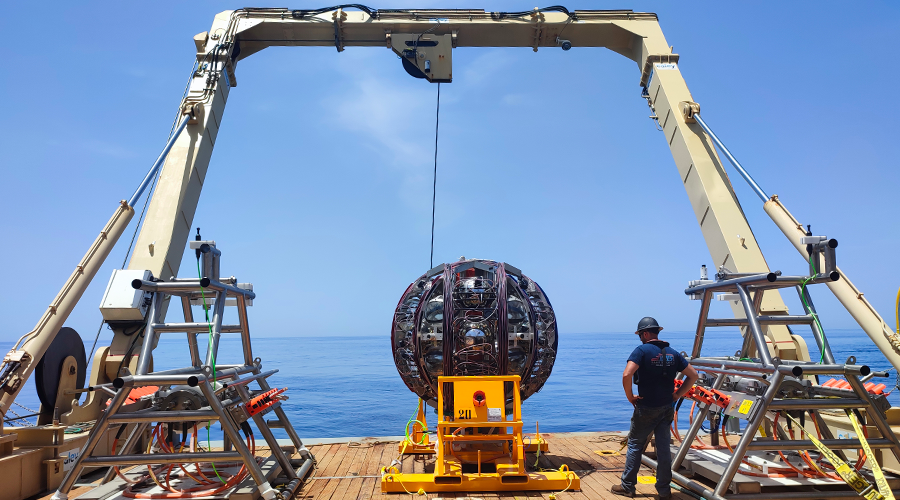
RESEARCH INFRASTRUCTURE
MEDITERRANEAN: SUCCESS IN THE MARINE OPERATION FOR THE KM3NET/ARCA NEUTRINO DETECTOR
The complex marine operation, which began on 2 June, carried out by the KM3NeT Scientific Collaboration at the deep sea site off Capo Passero, Sicily, to expand the ARCA (Astroparticle Research with Cosmics in the Abyss) device was concluded with complete success in the early hours of 14 June.
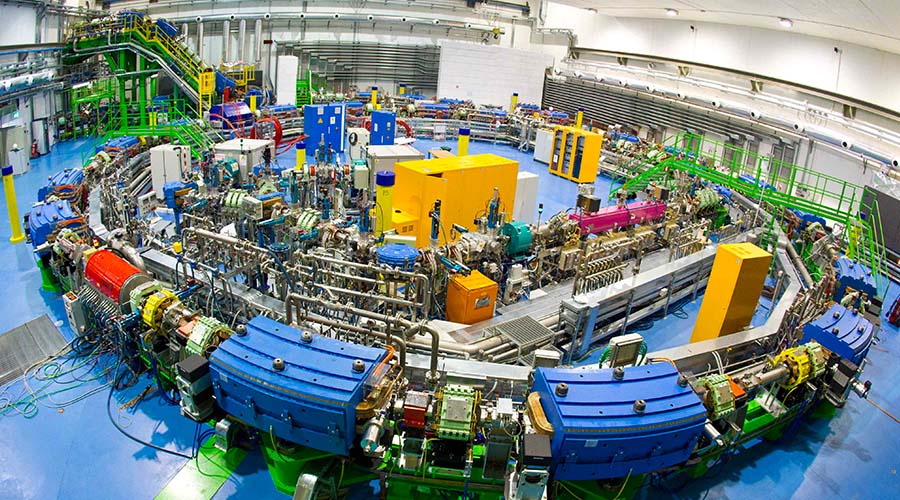
APPLIED RESEARCH
NEW NEUTRON CANCER THERAPY: THE COLLABORATION BETWEEN CNAO, INFN, MILAN POLYTECHNIC AND UNIVERSITY OF PAVIA GETS UNDERWAY
A new experimental neutron beam therapy will be developed in Italy through a collaboration between CNAO, National Center of Oncological Hadrontherapy, INFN, the Politecnico di Milano and the University of Pavia. A neutron beam accelerator designed for clinical research activity will be installed at CNAO for the first time in Italy. The goal is to target more precisely the cells of particularly complex tumours.
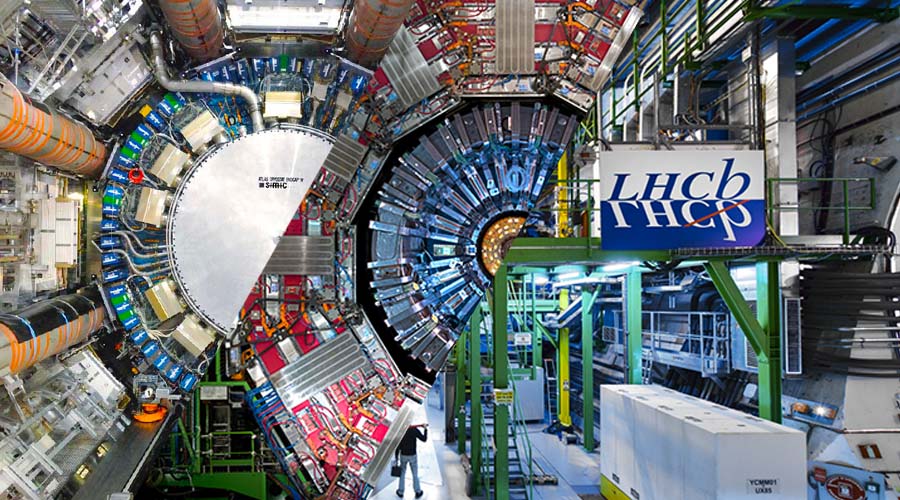
AWARDS
ATLAS, CMS AND LHCB COLLABORATIONS REWARD YOUNG INFN RESEARCHERS FOR THEIR CONTRIBUTIONS
A few weeks before the start of the long-awaited third data acquisition period (Run3) of CERN's Large Hadron Collider, the ATLAS, CMS and LHCb collaborations presented special awards to the young scientists who have distinguished themselves in the long and complex job of maintaining and upgrading ATLAS and CMS, which were already key players in 2012 in the discovery of the Higgs boson, and LHCb, which in Run3 will continue its search for clues to physics beyond the particle Standard Model. Among the award winners, there were many INFN researchers.
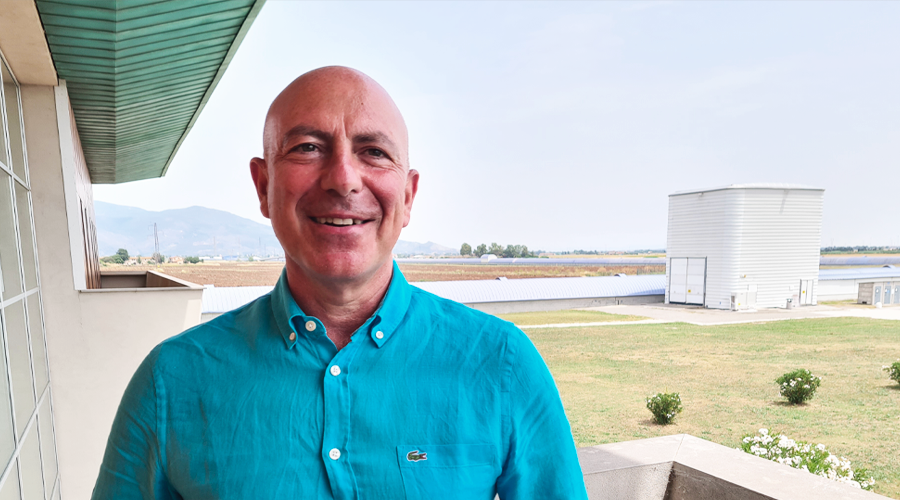
INTERNATIONAL COLLABORATION
MASSIMO CARPINELLI APPOINTED AS NEXT EGO DIRECTOR FROM JANUARY 2023
Massimo Carpinelli, professor at the University of Milan Bicocca and INFN associated researcher, will be the next director of the European Gravitational Observatory, EGO from January 1st 2023. His appointment was approved on June 14th by the EGO Council, the consortium’s governing body, which is made up of representatives of the three research organisations that fund EGO: the Italian National Institute for Nuclear Physics (INFN), the French Natianl Centre for Scientific Research (CNRS) and the Dutch NWO-I, Netherlands Foundation of Scientific Research Institutes, represented by the Nikhef Laboratory. Carpinelli will succeed in this role Stavros Katsanevas, professor at the University of Paris Cité and director of EGO since 2018.
FOCUS
 SWEDEN: EUROPEAN SPALLATION SOURCE LINEAR ACCELERATOR GROWS
SWEDEN: EUROPEAN SPALLATION SOURCE LINEAR ACCELERATOR GROWS
In Sweden, at the ESS, European Spallation Source, research centre which will host the world's most powerful neutron source in Lund, the first protons passed through the Drift Tube Linac 1, DTL1, one of the key components of the ESS accelerator built in Italy by INFN researchers. The DTL is a linear accelerator consisting of a sequence of accelerating spaces that allow protons to gain energy each time they pass through. The accelerating spaces are alternated with tubes, where the particles simply drift, hence the name "Drift Tube Linac," literally "drift tube linear accelerator". ...
TAKE PART IN
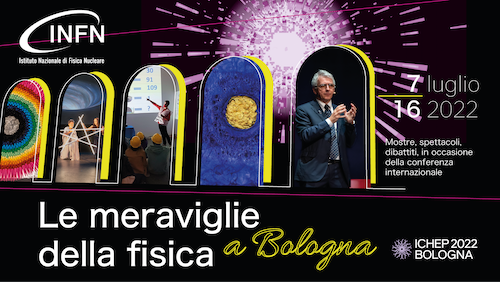 THE WONDERS OF PHYSICS IN BOLOGNA FOR ICHEP 2022
THE WONDERS OF PHYSICS IN BOLOGNA FOR ICHEP 2022
From 7 to 16 of July “The Wonders of Physics in Bologna” will take place in Bologna. This is a program of outreach events, dedicated to physics, to engage children and adults in the wonders of research and scientific culture. The event is organized for the 41st International Conference on High Energy Physics (ICHEP), hosted for the first time in Italy, in Bologna, on 6-13 July. ...
INFORMATION AND CONTACT
Images cover
Cover image: Higgs boson decaying into two photons. Cms
INFN - COMMUNICATIONS OFFICE
comunicazione@presid.infn.it
+39 06 6868162
EDITORIAL BOARD
Coordination:
Francesca Scianitti
Project and contents:
Cecilia Collà Ruvolo, Eleonora Cossi, Matteo Massicci, Anna Greco, Francesca Mazzotta, Francesca Scianitti, Antonella Varaschin
Design and Mailing Coordinator:
Francesca Cuicchio
Gaia Stirpe
Translation
ALLtrad
ICT service:
Servizio Infrastrutture e Servizi Informatici Nazionali INFN
Collaboration on this issue:
Diego Tonini, INFN Ufficio Trasferimento Tecnologico
